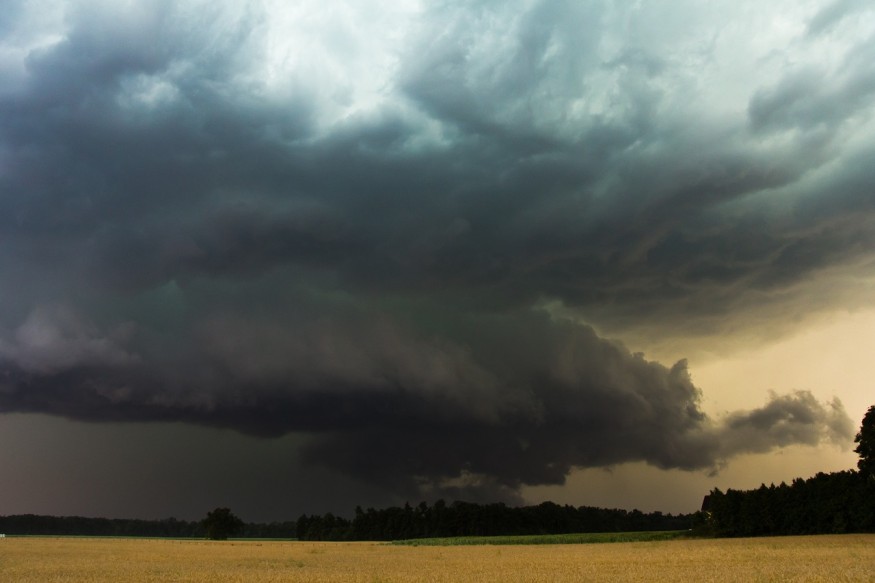Severe weather is moving across the Southeast U.S. and is expected to impact an area from the states of Colorado to South Carolina as it traverses the region, according to the National Weather Service (NWS). Based on the latest U.S. weather forecast, isolated tornadoes, large hail, strong winds, and heavy rain are possible in several locations, especially in Oklahoma and Kansas, as of Thursday, June 15.
The U.S. sees itself over two weeks since the 2023 Atlantic hurricane season and summer season started on June 1. While a combination of scorching temperatures and passing of storms are expected in the coming months, severe thunderstorms are still expected, the NWS says. The stormy weather comes amid the wildfire smoke threat from Canada on the U.S. East Coast.
U.S. Severe Weather Forecast

The latest severe weather forecast came after more than 300 storm reports were issued on Wednesday, June 14. Now, the large area under threat, as mentioned earlier, spans from Colorado to South Carolina, where the risk of baseball-sized hail and winds of up to 80 miles per hour or more are possible, according to the U.S. weather agency, as cited by CNN.
The Storm Prediction Center placed severe weather alerts of 'moderate risk or Level 4 out of 5' in the said region, which includes cities of Norman and Oklahoma City in Oklahoma.
Potential flash flooding due to torrential rain is also possible in low-lying areas and those near bodies of water. However, the severe thunderstorm alert indicates the greatest threats will be the formation of twisters and occurrence of powerful winds. These weather hazards can lead to widespread travel disruption, power outages, and even road traffic accidents.
Also Read : Severe Weather, Powerful Thunderstorms Bring Possible Air Travel Disruptions Throughout Northeast This Week
Severe Thunderstorm Phenomenon
There are approximately 16 million thunderstorm phenomena occurring around the world each year. In these events, 2,000 thunderstorms are in progress at any given time. In the U.S. alone, there are around 100,000 thunderstorms recorded annually, and about 10% of these events reach severe levels, according to the National Oceanic and Atmospheric Administration (NOAA).
In the Northern Hemisphere, including the U.S. and Canada, thunderstorm events are most likely to occur in the spring season (March to May) and summer months (June to August), especially during the afternoon and evening hours. Yet, they can still occur throughout the year and at any given hour, the NOAA adds.
U.S. Severe Thunderstorms 2022
While 2023 is still yet to experience the full brunt of the upcoming severe weather events, a previous report about similar thunderstorm phenomena discusses its general impact in the U.S. last year.
Based on the report by NOAA's National Centers for Environment Information (NCEI) in January 2023, the U.S. experience 18 different weather and climate disasters, resulting in damage worth at least $1 billion.
Among these extreme events include two tornado outbreaks amid severe weather in the South and Southeast. In addition, three tropical cyclones named Fiona, Ian, and Nicole ravaged the country. Furthermore, the majority of the country endured nine severe weather or hail events, including a derecho in the Central U.S.
© 2025 NatureWorldNews.com All rights reserved. Do not reproduce without permission.





